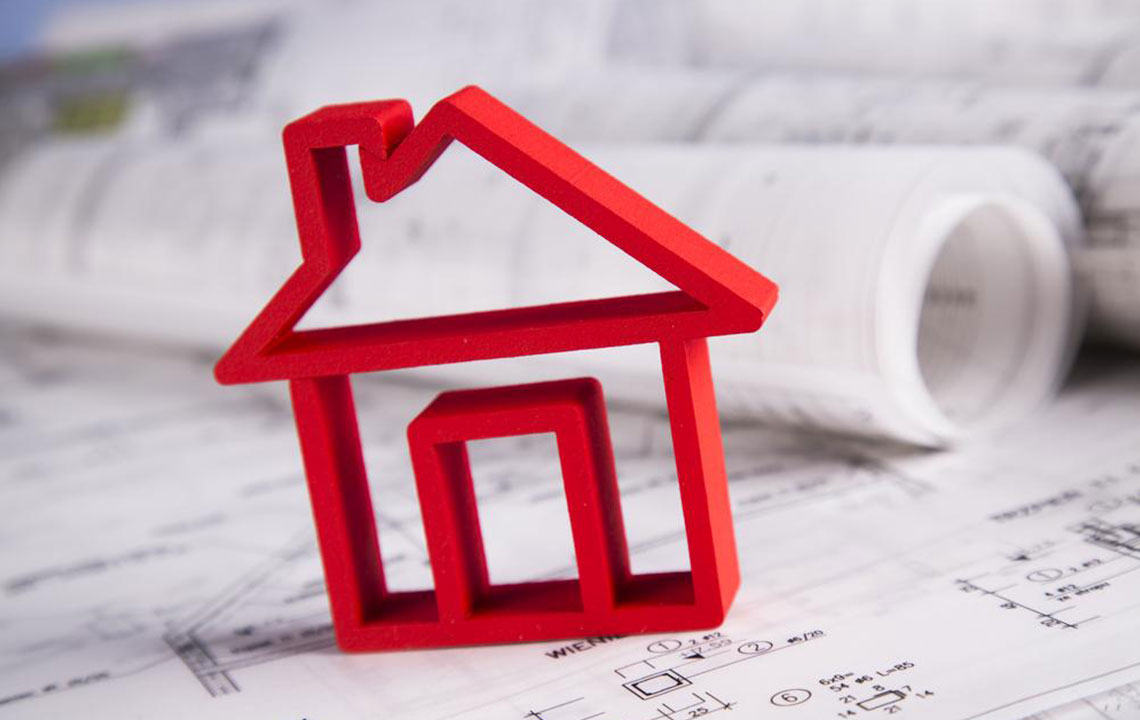Transforming Real Estate: The Comprehensive Benefits of Immersive 3D Virtual Property Tours
Immersive 3D virtual property tours are transforming real estate by providing convenient, efficient, and immersive experiences for buyers. Featuring high-quality visuals and interactive navigation, these tours enable remote exploration of properties, saving time and broadening access. They are especially vital during health crises, ensuring contactless viewings that boost confidence and expand market reach. As technology continues to advance, virtual tours will become increasingly realistic and accessible, reshaping how properties are bought and sold worldwide. This article explores the many benefits and operational insights of this innovative technology.

Transforming Real Estate: The Benefits of Immersive 3D Virtual Property Tours
In recent years, technological advancements have fundamentally changed the landscape of the real estate industry. Among these developments, immersive 3D virtual property tours stand out as a revolutionary tool that enhances the way buyers and sellers interact with property listings. These cutting-edge digital experiences allow prospective buyers to explore potential homes remotely, providing a comprehensive understanding of the property, much like an in-person visit— but from the comfort of their own space. As the real estate market becomes increasingly digital, understanding the advantages of immersive 3D tours is essential for industry professionals and consumers alike.
The Rise of 3D Virtual Property Tours in Real Estate
The advent of 3D virtual tours is driven by rapid innovations in imaging technology, software development, and internet connectivity. These virtual experiences leverage high-quality imaging, virtual reality (VR), and 360-degree video technology to create an interactive, realistic representation of a property. Instead of relying solely on static images or written descriptions, potential buyers can virtually walk through a home, examining every nook and cranny, gauging room sizes, and even perceiving the ambiance and flow of the space. This technological shift has made property exploration more accessible, efficient, and engaging than ever before.
Why are 3D virtual tours becoming an indispensable part of modern real estate?
These tours combine sophisticated software algorithms and high-resolution imagery to deliver an experience that closely mimics an actual walkthrough. Buyers can analyze the spatial arrangement, interior design, and layout from multiple perspectives, gaining insights that static images alone cannot provide.
Let’s delve into the core benefits that make immersive 3D property tours a game-changer in the real estate industry:
Ultimate Convenience
Buyers no longer need to schedule physical visits, especially for distant locations or during times when travel is restricted. They can explore properties at their own pace from any location with internet access. This flexibility is particularly valuable for international buyers or those managing busy schedules.
Time-Saving Efficiency
Virtual tours allow quick comparisons across multiple properties, streamlining the decision-making process. This is ideal for busy professionals or individuals relocating who need to evaluate several options rapidly without the logistical challenges of traditional viewings.
Enhanced Accessibility
These tours open up opportunities for exploring properties that may be difficult to visit physically—such as properties that are currently occupied, remote rural areas, or high-demand urban sites. Accessibility is crucial for inclusivity in the housing market.
Superior Visualization
High-quality virtual walkthroughs provide clear and detailed visuals, enabling viewers to understand the spatial relationships, room proportions, and design features better than static photos or written descriptions. This helps buyers make more informed decisions and reduces surprises during in-person visits.
Safety and Health Compliance
In times of health crises like COVID-19, virtual property tours have become essential. They eliminate the need for close contact, making property viewing safer for both buyers and agents, while still delivering a comprehensive view of the home.
Immersive Experience and Interactivity
Advanced technology offers an engaging experience, allowing viewers to zoom into specific details, rotate views, and even select certain areas for a closer look. Some tours incorporate narration, annotations, or interactive floor plans, making exploration more informative and engaging.
Increased Buyer Confidence
When buyers have access to detailed, realistic virtual representations, their confidence in the purchase decision increases. They are less likely to encounter surprises or disappointments during physical visits, leading to smoother transactions.
Global Reach and Market Expansion
Virtual tours can be shared widely across online platforms, social media, and real estate websites. This broadens the property's exposure to international markets, attracting more potential buyers and increasing the chances of a sale.
Understanding How 3D Virtual Tours Work
The process involves capturing high-resolution images using specialized 360-degree cameras, which are then processed into seamless virtual walk-throughs. These tours enable viewers to navigate through spaces interactively, with options to customize their experience—such as adding voice narration, labels, or hotspots that provide additional information about specific features. The tours can be embedded directly into real estate websites, shared via social media platforms, or integrated into marketing campaigns to reach broader audiences.
As technology advances, virtual tours are becoming more realistic with features like virtual reality headsets, augmented reality overlays, and AI-powered customization, making the experience even more immersive and user-friendly.
Summary and Future Outlook
Overall, immersive 3D virtual property tours are revolutionizing the way real estate transactions are conducted. They offer unparalleled convenience, efficiency, and accessibility, transforming traditional property viewing into an interactive experience that benefits buyers, sellers, and agents alike. As innovations continue, these tours will become more realistic and cost-effective, further embedding into mainstream real estate practices. Embracing this technology can give industry professionals a competitive edge and help buyers make more confident, informed decisions in their property search.




